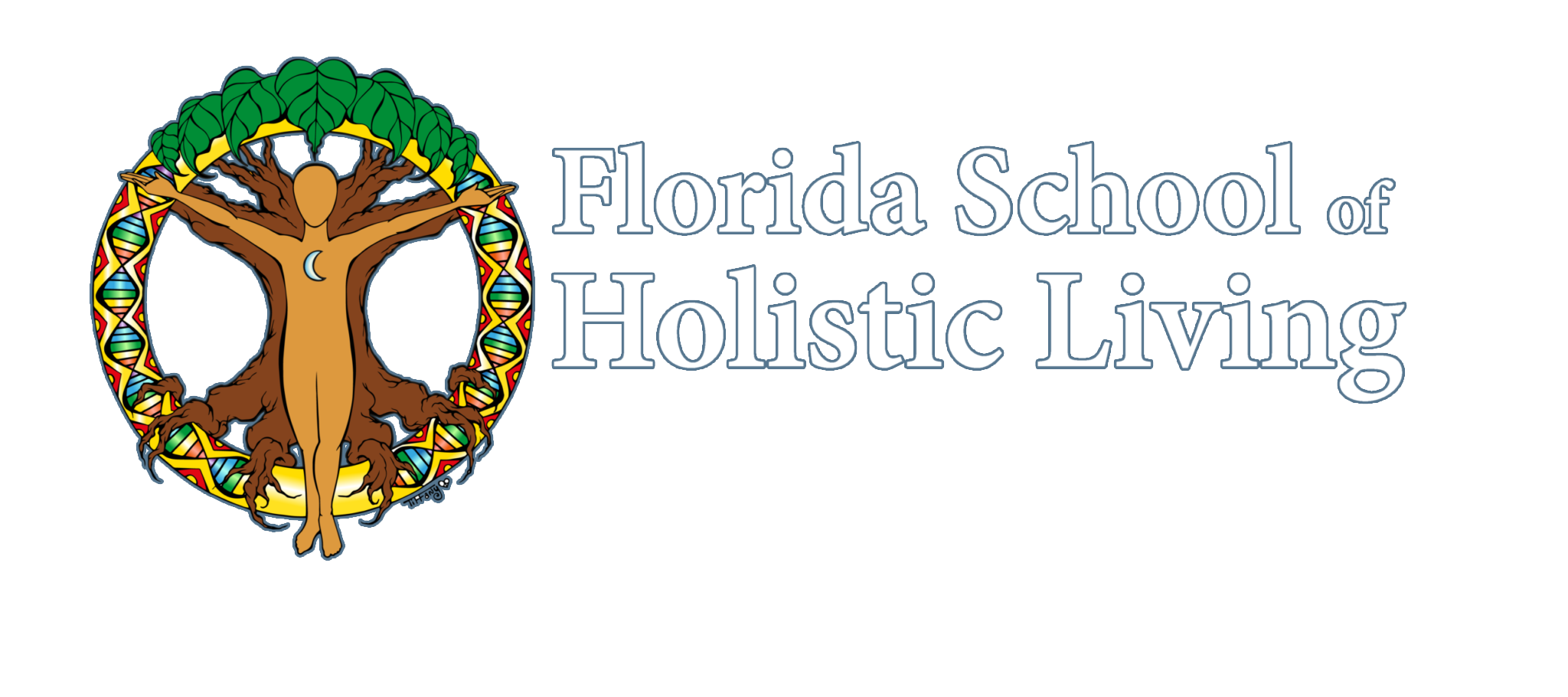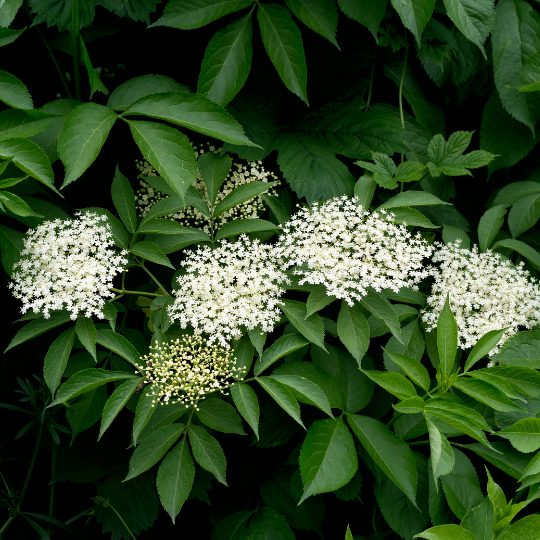-
Chaya
I cringe when I hear the word “superfood” uttered in a mixed crowd. Between GOOP and Dr Oz, health and nutrition fads fill up my Facebook feed daily, and they fade into distant memory as quickly as they come. But many years ago, on the Yucatan Peninsula in Mexico, I was introduced to a plant that may among the few that truly qualify for this acclaimed title! That plant was Chaya (Cnidoscolus chayamansa or C. aconitifolius) , a hearty cactus-like tree that produces edible leaves. Multiple types of Chaya can now be found on permaculture farms throughout the tropics. Chaya is used throughout Central America as a food staple, especially…
-
Elder
Latin Name: Sambucus nigra subsp. canadensis Common Names: elderberry, American elder, common elderberry, tapiro, sauco, Mexican elderberry, blue elder, American black elderberry, tree of music, pipe tree Family: AdoxaceaeHabitat: This perennial shrub grows all over the eastern US and is also native to FL and found across the state. It prefers riparian areas and edges of habitats, and is commonly seen growing along roadsides at the edges of wooded areas. Elderberry commonly grows up to 12 ft. high and often higher if not maintained and pruned each year. Leaves are opposite and pinnately compound with ovate leaflets usually in pairs of 4-6 with the terminal leaflet being the largest. It…


